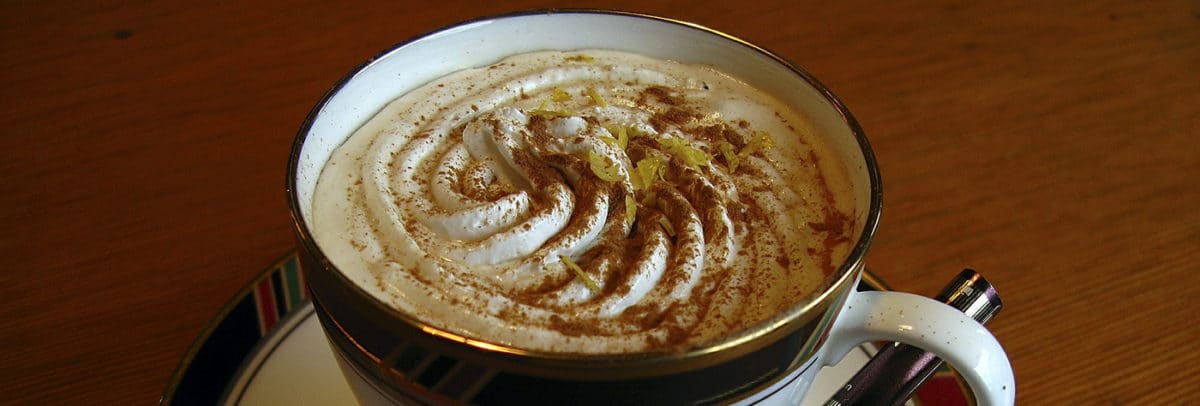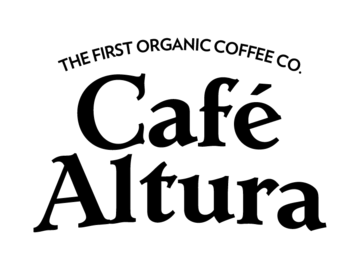
The Origins of Cappucino
A frothy, light concoction of steamed milk and espresso, sometimes with a dash of chocolate powder on the top, cappuccinos have become synonymous with yummy mummies, yuppies, and hipsters who like their caffeine hit with a dash of milk but without the heaviness of a latte. It takes a skilled barista who understands the difference between this and the perfect light and airy cappuccino.
From the name, you’d probably automatically assume that the origin of the cappuccino is Italy. There are a few divergent tales about how a cappuccino got its name. In Italian, the word cappuccino means “little cap.” In coffee terms, this describes how the foamy milk floats on top of the espresso.
Coffee came over to Europe from Arabia via trade routes, and the first coffee houses opened in Vienna in the 1600s. As early as the 1700s, there is mention of a drink in Vienna called a “Kapuziner”, coffee with cream and sugar.
Capuchin or Kapuzin friars in Vienna wore brown colored robes with hoods and had shaved heads. When you glance at a well-made cappuccino with the ring of crema and white foam, you might see the resemblance. Another drink at the time was called a “Fraziskaner.” It was made with more milk and named after Franciscan monks’ lighter brown robes.
A quote from Algernon Taylor’s Scenes in French Monasteries from 1746 shows the prevalence of the word “cappuccino” in relation to the Capuchin friars.
“The characteristic simplicity of these friars is, indeed, proverbial; and it may, too, be inferred from their speech, their manners, and from their very aspect; besides being yet further illustrated by several sayings current in Italy—where their order is numbered by the thousand—such as “to dine al cappuccino,” to make but a sorry meal; and “to travel al cappuccino,” i.e. to journey on foot.”
In the evolution of the cappuccino drink, its popularity was boosted after the invention of the espresso machine at the turn of the 20th century.
The first espresso machines were large, bulky, and complicated. Only baristas were able to use them in cafes across Italy. Cappuccinos from the early 1900’s were made with espresso, milk, whipped cream, and a sprinkle of cinnamon or chocolate shavings. This was considered a “Viennese” style drink. It wasn’t until about the 1920’s that espresso machines incorporated a steam wand that allowed baristas to heat and froth the milk.
More modern and less bulky espresso machines started to be manufactured after World War II. This led to the gradual worldwide popularity of the cappuccino. By this time, the cappuccino was consumed the way it is today, with espresso and light, frothy steamed milk.
The first countries to embrace the cappuccino outside of Italy were the surrounding European countries and England. British consumers enjoyed their coffee with milk already, but this was a more refined twist on the regular black coffee and a splash of milk.
Americans started to drink cappuccinos with the advent of specialty coffee shops in the 1990’s and the introduction of cafe culture. Before then, most ordered their coffee black with little fanfare at a local diner. Cappuccinos, lattes, and a whole plethora of drinks exploded in popularity in the 90s, especially with the rise of chains like Starbucks.
What started as a menu of a few drinks has bloomed to an overwhelming array of choices. Vanilla, hazelnut, peppermint, pumpkin spice, chocolate, caramel, whipped cream … coffee drinks are often more dessert than drink.
Automatic coffee machines and powdered “cappuccino” drinks are readily available in supermarkets and gas stations, though these are not typically quality cappuccinos, but more sugary substitutes for the real thing.
If you’ve enjoyed coffees in cafes, you will appreciate that not every cappuccino is created equally. A good barista will know how to make a cappuccino different from a latte, which has more milk and is more dense, while a cappuccino has foamy milk and is very light.
Italian espresso machines are still the leader in the making of the artisanal quality espresso shot with a delicious crema and a taste that is not too bitter. If you want to experiment with making your own cappuccino, start with good quality coffee!
